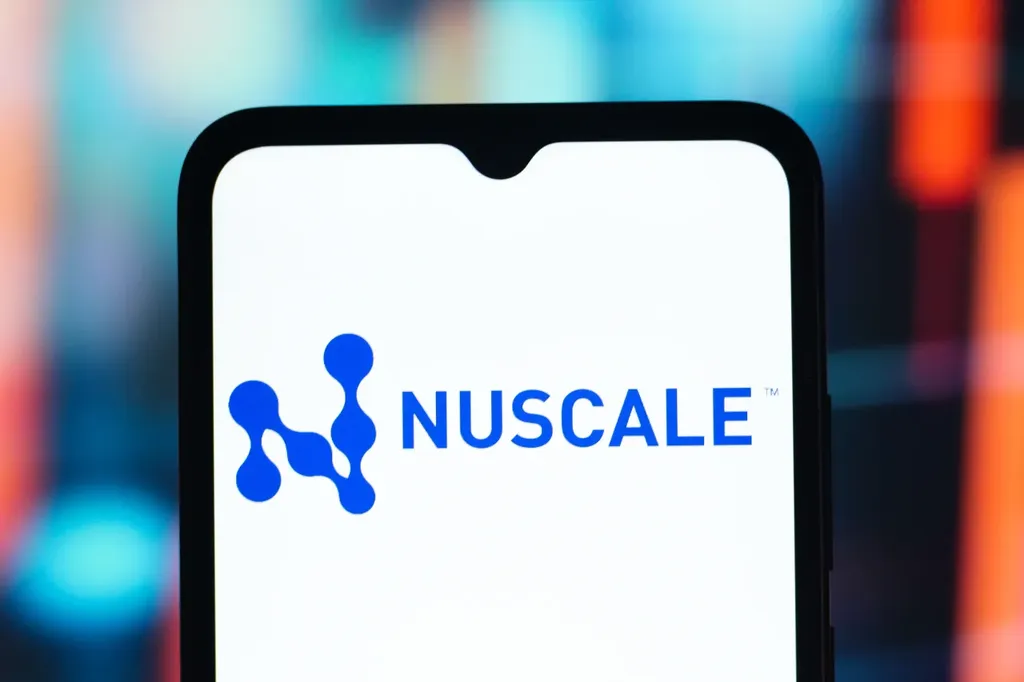NuScale Power finds itself at the epicenter of a burgeoning energy narrative, as its exclusive partner, ENTRA1 Energy, is poised to receive up to $25 billion in investment under a new U.S.-Japan framework. This capital injection, earmarked for energy infrastructure expansion, aligns with NuScale’s rapid advancements in advanced nuclear development. The company’s recent milestones, including its certification as the first and only small modular reactor (SMR) by U.S. regulators and new global partnerships, have sparked a 153% year-to-date surge in its share price, reflecting accelerating investor confidence and optimism for long-term growth.
Yet, the question lingers: is the market’s enthusiasm already priced in, or does NuScale’s stock still present a genuine buying opportunity? Despite the company’s impressive feats, the most widely followed narrative sets a fair value at $40.84, below the latest closing price of $44.87. This valuation discrepancy suggests investors are paying a premium for future growth potential, a bold bet built on projections of rapid revenue acceleration and industry-beating margins.
NuScale’s involvement in the RoPower 6-module SMR power plant in Romania, for instance, signals future revenue and cash flow through its partnership in the Fluor-led Front-End Engineering and Design (FEED) Phase 2. However, significant delays in securing power purchase agreements or potential supply chain issues could quickly undermine the optimistic outlook for NuScale’s growth trajectory.
The valuation debate also highlights a split perception in the market. NuScale’s price-to-book ratio of 8.7x is well above the U.S. Electrical industry average of 2.8x, but substantially below the peer group’s 22.8x. This suggests the market sees both risk in the near term and potential for upside, a dichotomy that could shape the company’s trajectory in the coming years.
The implications for the energy sector are profound. NuScale’s progress and the market’s response could accelerate investment in advanced nuclear technologies, particularly SMRs, which promise enhanced safety, flexibility, and scalability. This could reshape the energy landscape, with nuclear power playing a more significant role in the transition to a low-carbon future.
Moreover, the U.S.-Japan framework and the substantial investment it channels could set a precedent for international collaboration in energy infrastructure, fostering innovation and competition. As NuScale navigates these opportunities and challenges, its journey will undoubtedly spark debate and shape trends in the energy sector, making it a story worth watching.

